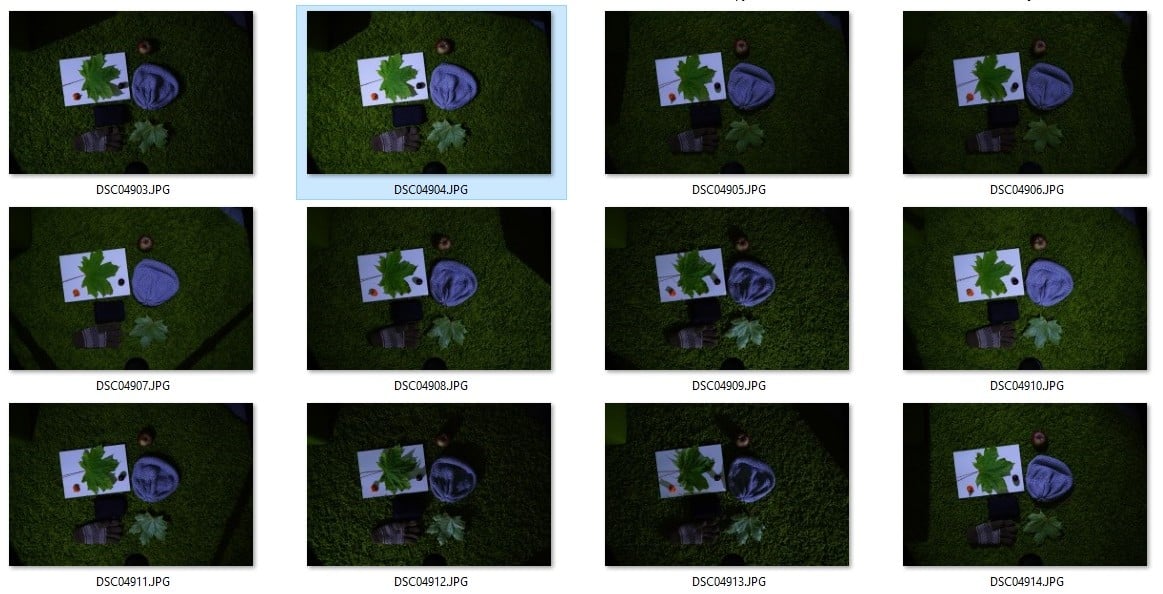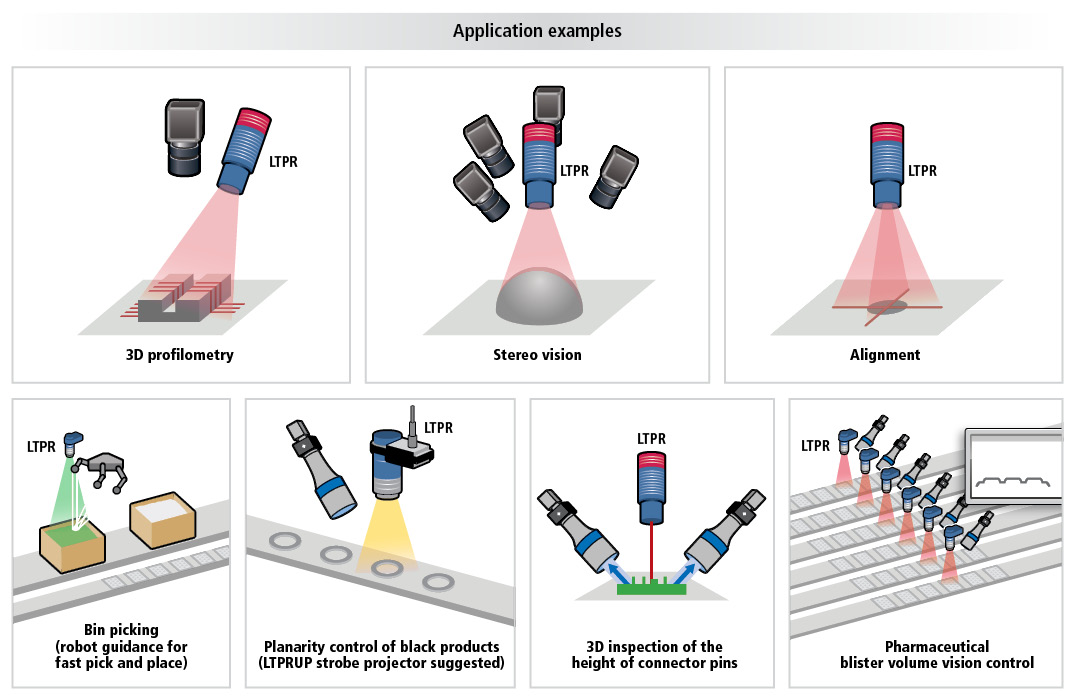

We can construct similar constraints for all of the pixels which have neighbours, which gives us roughly twice as many constraints as unknowns (the z values). This vector is perpendicular to the normal n, which means its dot product with n will be zero: Consider a pixel (i,j) and its neighbour to the right.

We can construct vectors on the surface using the edges that will be formed by neighbouring pixels in the height map. If the normals are perpendicular to the surface, then they'll be perpendicular to any vector on the surface. Here's one way of posing this problem as a least squares optimization: We will again use a least-squares technique to find the surface that best fits these normals. Next we'll have to find a surface which has these normals. n, we can also write this more concisely as a ratio of dot products: This can be done for each channel independently to obtain a per-channel albedo. To minimize it, differentiate with respect to kd, and set to zero: But this one ends up being a simple projection. Once we have a normal n for each pixel, we can solve for the albedos by another least squares solution. This gives a way to get the normal and albedo for one color channel. You can use the same weighting scheme we used in the project 1 to address this issue. Weighting each term by the image intensity reduces the influence of shadowed regions however, it has the drawback of overweighting saturated pixels, due to specular highlights, for example. Once we have the vector g = kd * n, the length of the vector is kd and the normalized direction gives n. The objective Q is then minimized with respect to g.

To help deal with shadows and noise in dark pixels, its helpful to weight the solution by the pixel intensity: in other words, multiply by Ii: With three or more different image samples under different lighting, we can solve for the product by solving a linear least squares problem. (Since our images are already balanced as described above, we can assume the incoming radiance from each light is 1.) Assuming a single color channel, we can rewrite this as so the unknowns are together. The appearance of diffuse objects can be modeled as where I is the pixel intensity, kd is the albedo, and L is the lighting direction (a unit vector), and n is the unit surface normal. Since we know the shape of this object, we can determine the normal at any given point on its surface, and therefore we can also compute the reflection direction for the brightest spot on the surface. One method of determining the direction of point light sources is to photograph a shiny chrome sphere in the same location as all the other objects. The one remaining calibration step we have left for you is calibrating lighting directions. In other words, you don't need to think too much about the intensity of the light sources. You'll be solving for albedos relative to this brightness, which you can just assume is 1 in some arbitrary units. Second, we have balanced all the light sources to each other, so that they all appear to have the same brightness. For this project, we have already taken care of two of these tasks: First, we have linearized the camera response function, so you can treat pixel values as intensities. This includes determining the lighting intensity and direction, as well as the camera response function. If you are not familiar with it, here is a jump start.īefore we can extract normals from images, we have to calibrate our capture setup. We highly recommend you to do this project in Matlab.

However, you are welcome to check out cameras and acquire your own images for extra credits. Unlike the previous two projects, we provide all experimental images and you are not required to take photos.
#PHOTOMETRIC STEREO SOFTWARE SOFTWARE#
Your software will be able to calibrate the lighting directions, find the best fit normal and albedo at each pixel, then find a surface which best matches the solved normals.
#PHOTOMETRIC STEREO SOFTWARE SERIES#
In this project, you will implement a system to construct a height field from a series of images of a diffuse object under different point light sources. The instructor is extremely thankful to Prof Steve Seitz for allowing us to use this project which was developed in his Computer Vision class.


 0 kommentar(er)
0 kommentar(er)
